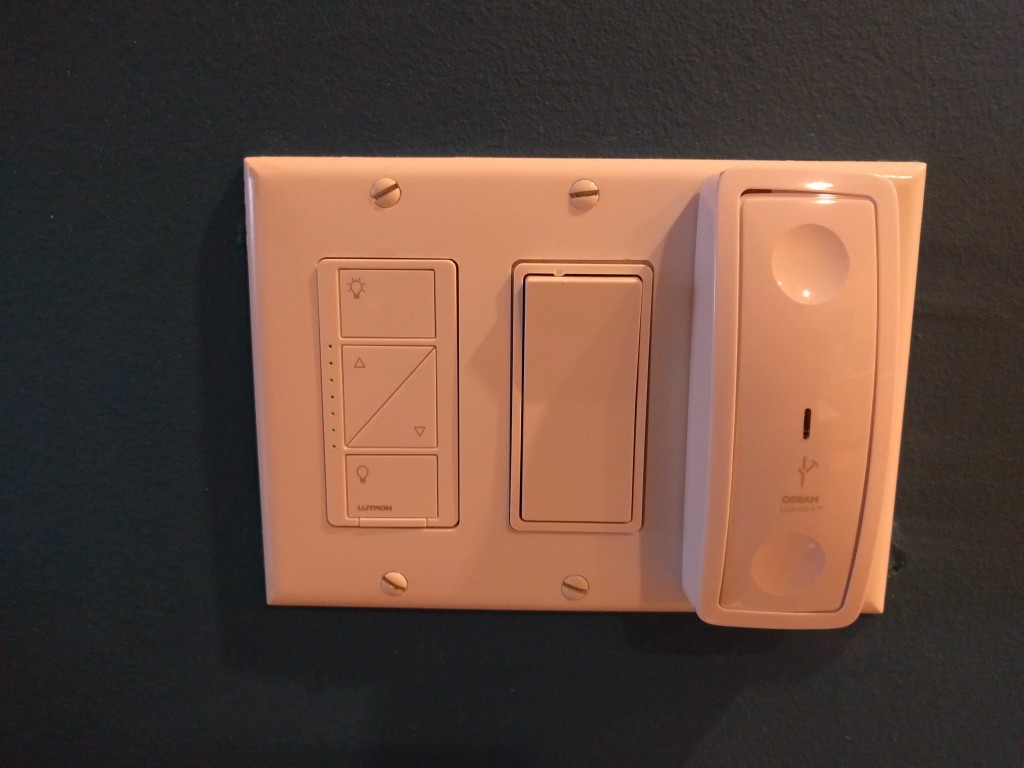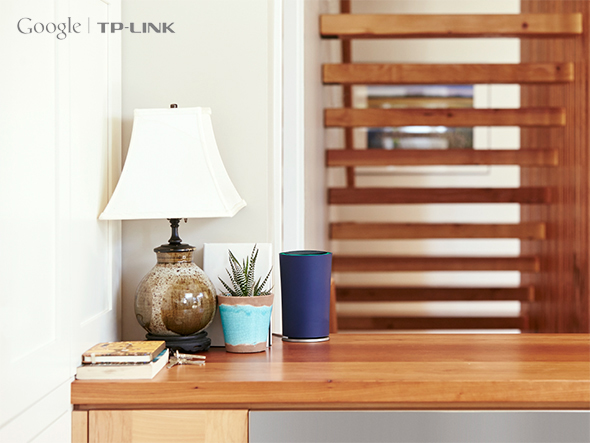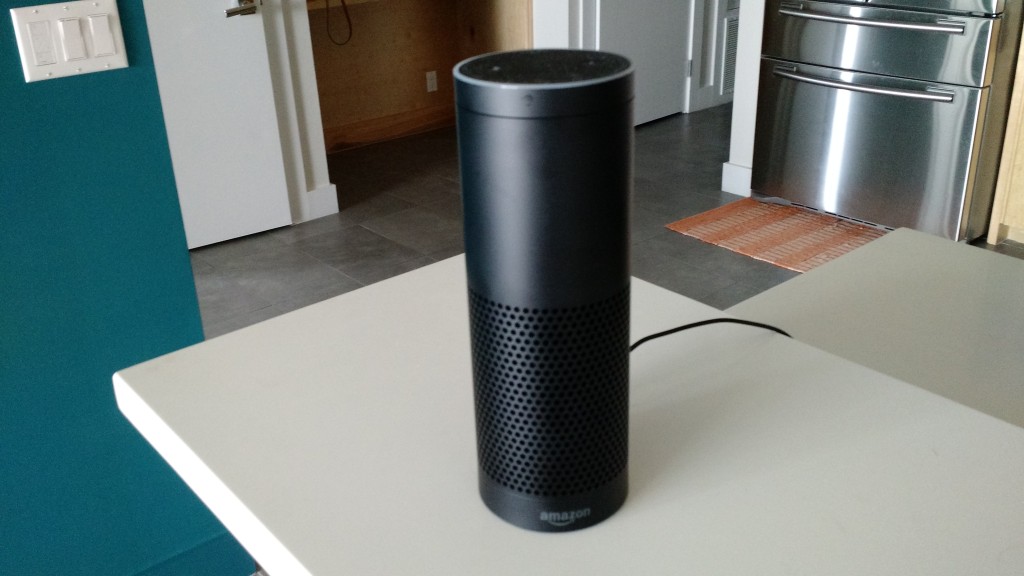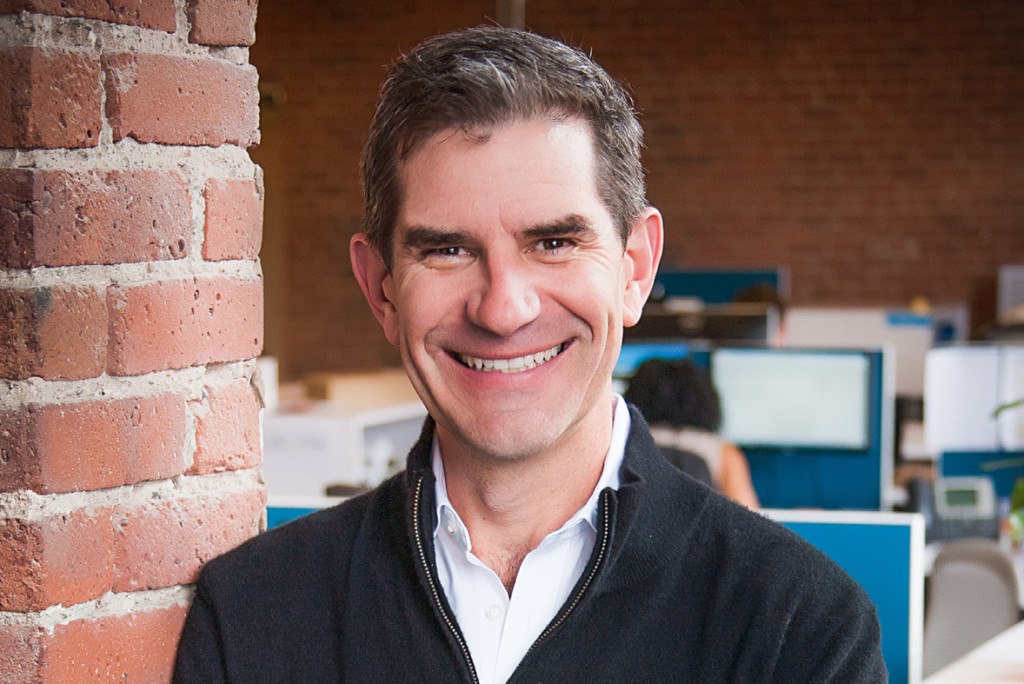Do you need money? Want to buy or sell an internet of things startup? Then this week’s interview is must-listen stuff. Matt Turck, of FirstMark Capital came on the show to give some advice to those seeking financing, discuss the overall funding landscape and try to pinpoint where the next big exits are going to come from. Why Turck? Because a few months ago he covered this who topic in amazing depth. So listen up to see what has changed!
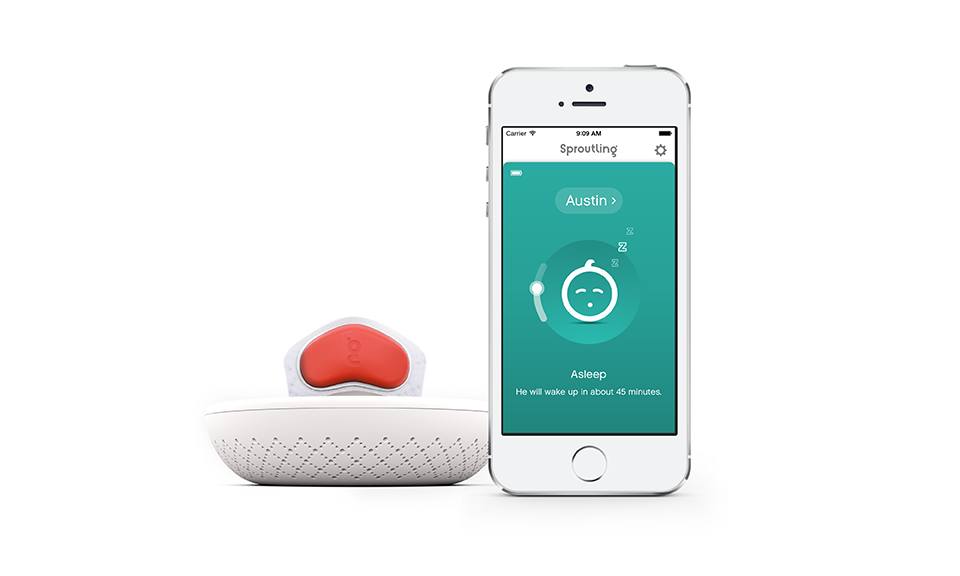
Before you listen to Turck, Kevin shares his karaoke picks, we dig into the upcoming Bluetooth 5.0 specification and lay out what we think Apple’s HomeKit and Home app mean for the industry. We also talk about Samsung’s plan to invest $1.2 billion into the internet of things, its cloud, and Elon Musk’s offer to buy SolarCity. It’s not that crazy, y’all!
Host: Stacey Higginbotham and Kevin Tofel
Guest: Matt Turck of FirstMark Capital
Sponsor: WolfSSL
- Kevin’s karaoke nightmare (also the latest on Bluetooth)
- Apple’s Home app is somewhat demoralizing
- What Samsung needs in IoT
- We’re in the second wave of IoT exits
- Don’t quit your day job to rush to build a new product
Podcast: Play in new window | Download | Embed
Subscribe: RSS


